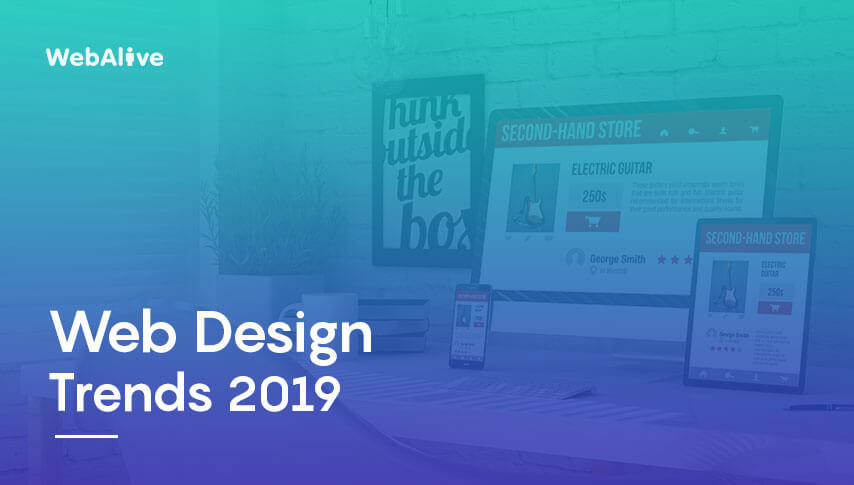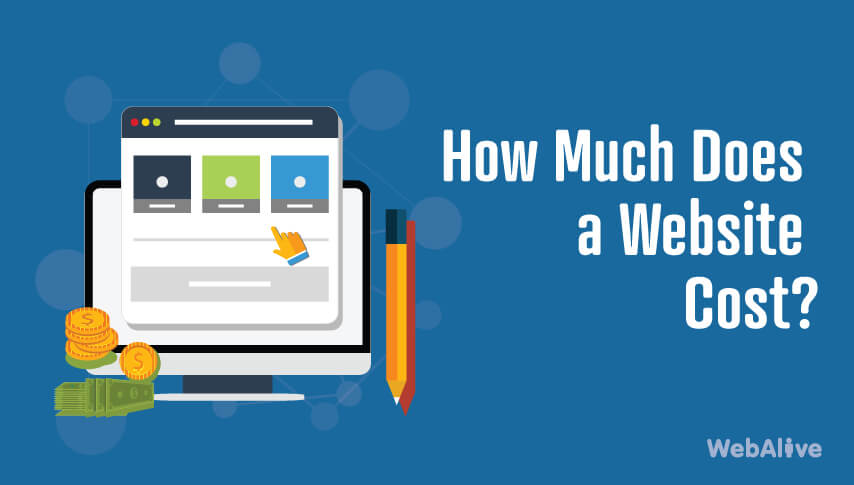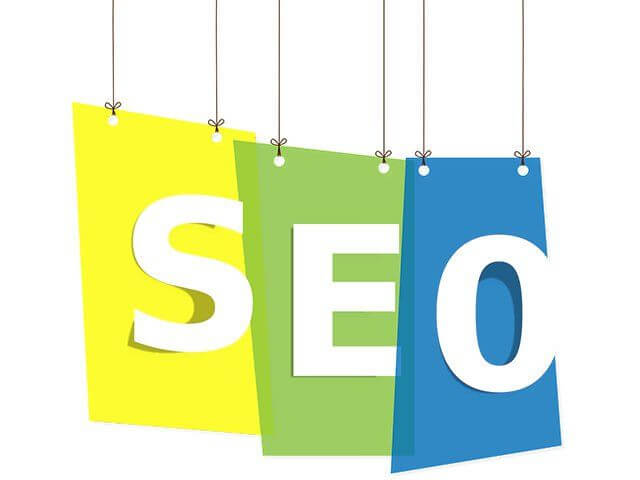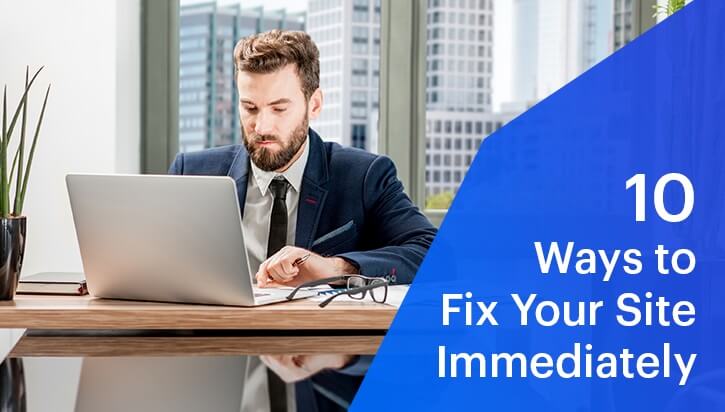
10 Web Design Trends for 2019
April 15, 2019
How much should your website cost? (2)
April 26, 2019This is one of the most frequently asked questions in the web design industry, but the answer isn’t as simple as it seems.
There are two reasons why it is difficult to answer this question in a straightforward way:
- Websites vary a lot in terms of their design and functionality. The type of site you’re after makes a big difference.
- The rate varies from agency to agency. An Australia-based company will charge you very differently than an overseas provider. But even in Australia, pricing can vary greatly.
The main element that determines the cost of your website will be your requirements. If you aren’t very familiar with the web design industry, the pricing can appear very confusing. You may go for a website builder or freelancer to design your website because they charge less.
But for getting the optimum result out of your site and making it user-friendly, we highly encourage contacting a web design agency.
This step-by-step guide can provide you with a ballpark figure of how much your website design project will cost if you hire an agency.
Step 1: Determining the type of website you need
Simply stated, we can classify a business website into four types:
(a) Simple, small business website:
If your business has just a few services or products that you don’t intend to sell online, a simple website will do. The site will work as your online business card where visitors will come and have a look at your services and find out about your business. This type of site is ideal for small local businesses.
Read more: 10 Essential Components of a Small Business Website [with Examples]
(b) Conversion-focused business site:
If you are planning on using the website as a way of attracting a steady flow of new business, then you’ll need a more polished website that is set up to convert visitors and displays your previous work in an engaging way. These sites are good for service-focused small businesses.
(c) Basic ecommerce site:
If you want to sell your products or services online and take payment on your website, then you require an ecommerce site. An ecommerce site has various features that put it in a specific category of website. These include a product database, shopping cart functionality, payment gateway and configuration of a shipping matrix.
(d) Custom feature-rich site:
If you run a large business, you may want to stand out from the crowd with a custom design and site-specific features. Depending on your business, your site may need to incorporate specially-made plugins, enterprise-level database integration or an innovative web app.
Of course, this is not a rigid classification. But having read this, you can get a sense of the kind of website your business requires.
Step 2: Getting a domain name
The first thing that you need for a website is a domain name, assuming you don’t already have one. A domain name is the address of your site on the web. The price of a domain varies a lot. Usually, it will cost you between $10 to $50. Plus you have to renew your domain subscription every year.
You should have an SSL (Secure Socket Layer) certificate installed after getting your domain and setting up your site. If you are an ecommerce site or your website deals with a lot of sensitive information like credit card information, usernames, and passwords then SSL is a must.
When buying the SSL certificate, you can choose from 3 different types. These are – Domain SSL for fast issuance, Organisational SSL for businesses, and Extended SSL. For the domain and organisation SSL, your website visitors will see the padlock and https protocol beside your URL.
But if you want a green address bar with your company name, then you need to subscribe to the Extended Validation SSL. You need to renew the SSL certificate after your subscription expires. If all of these sounds complicated, ask your web design agency for help.




